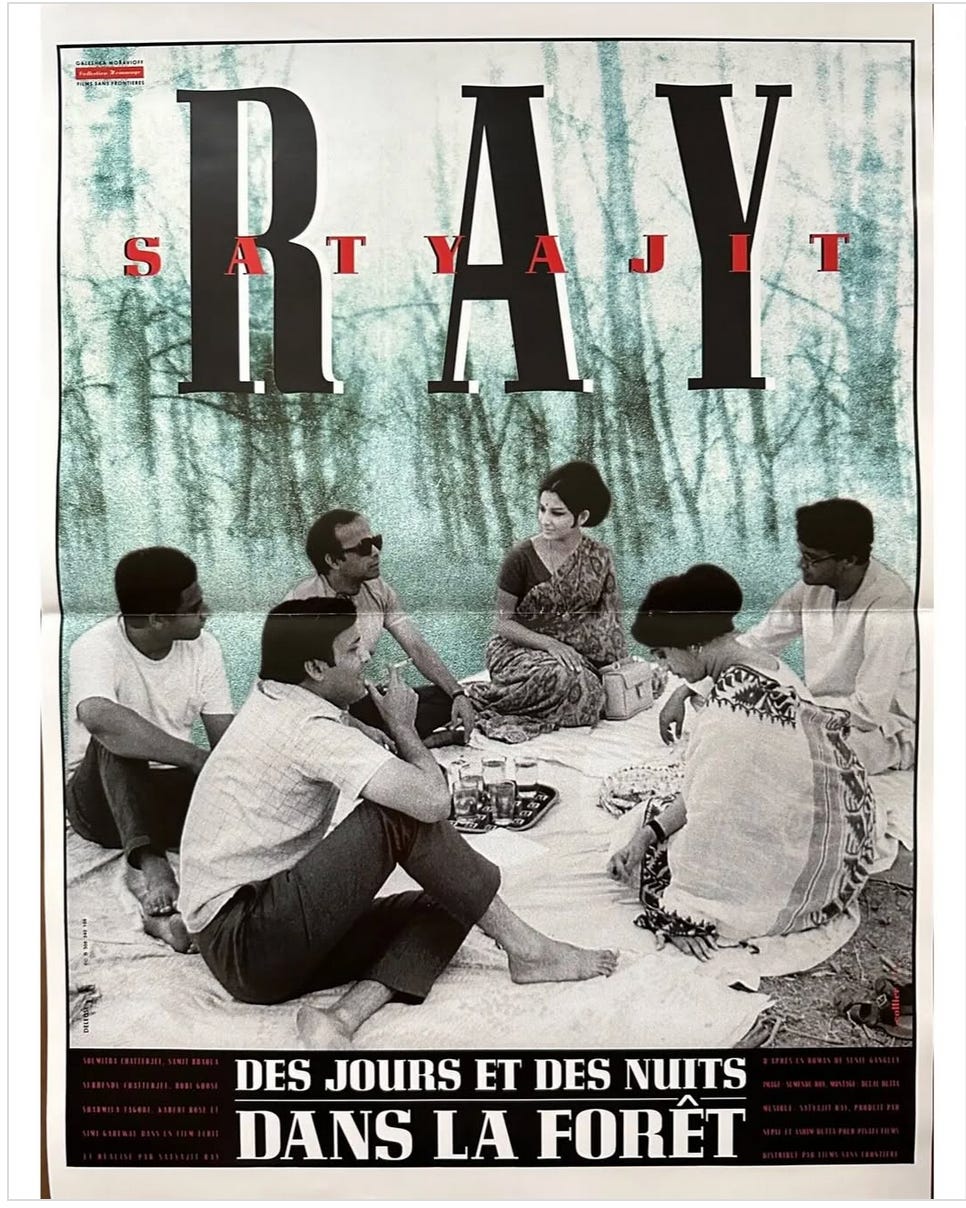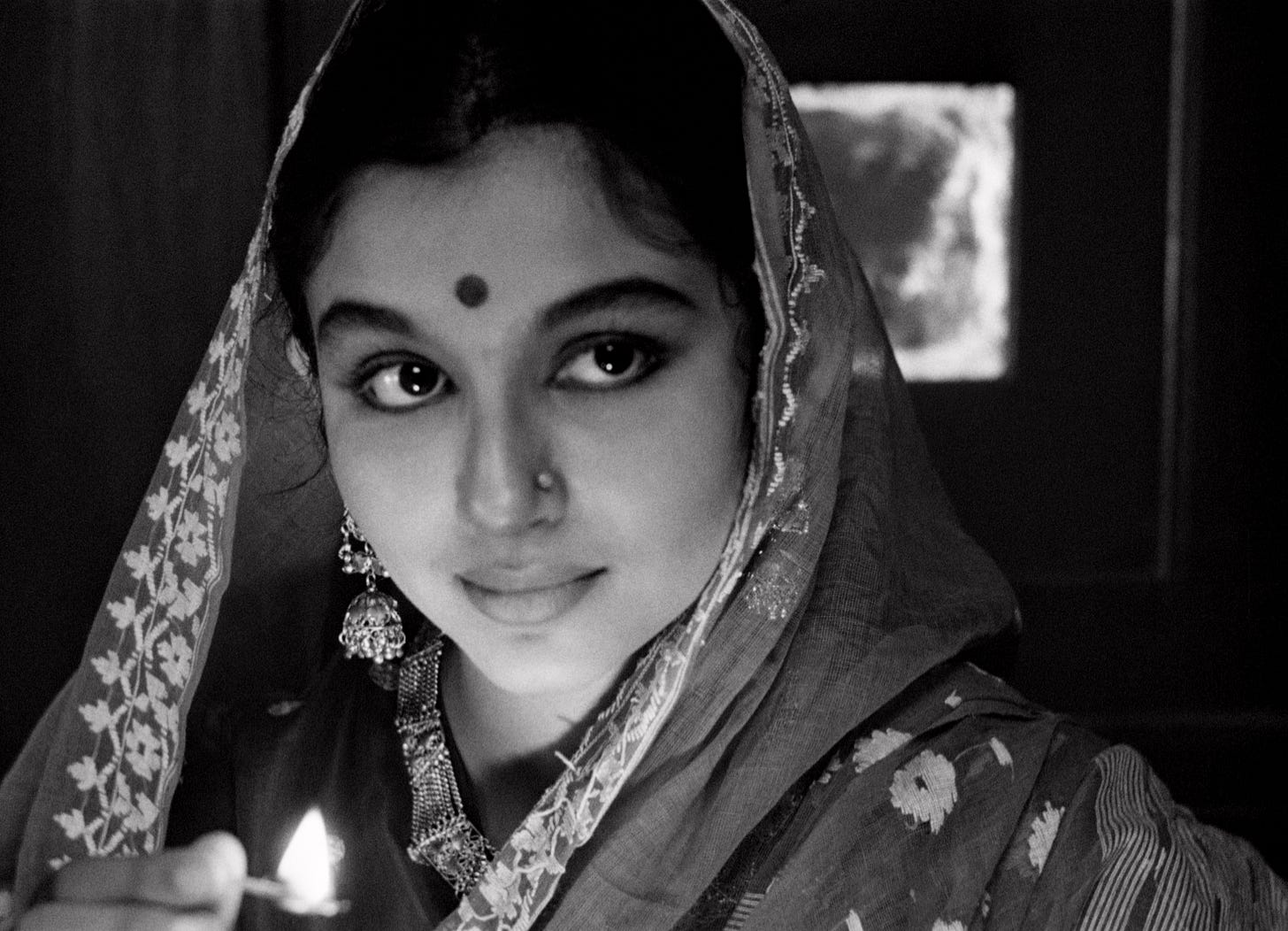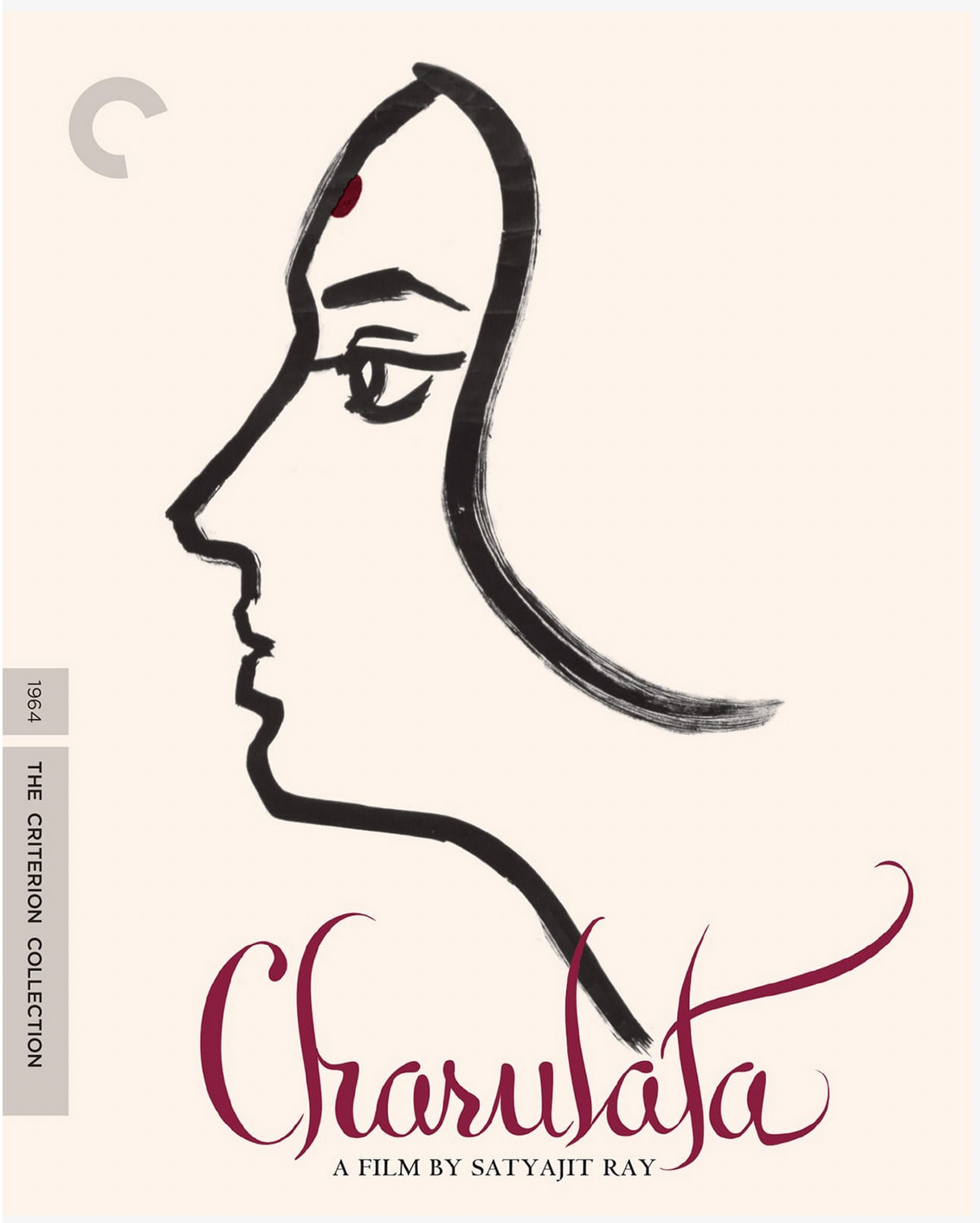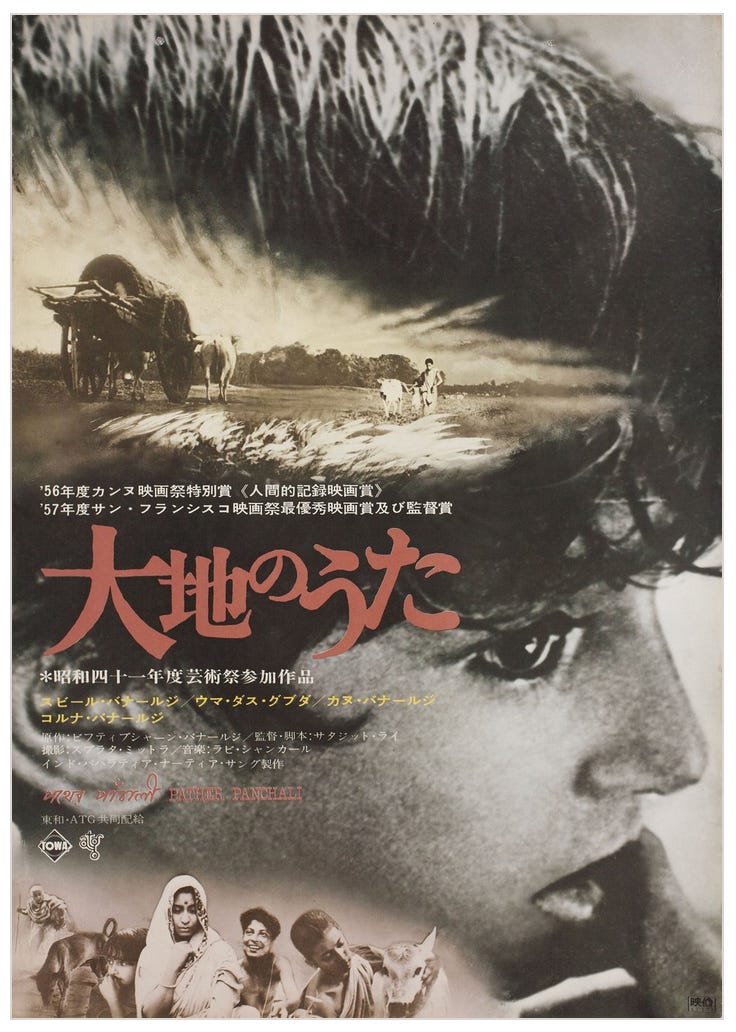A Satyajit Ray lockdown
#scurf217: This essay appears in the anthology 'Garden Among Fires' (Dodo Ink, July 2020); edited by Marina Benjamin
This morning as I pushed my tired body to workout around 8am, in a way to prepare for the monotony of the rest of the day, I felt the need to be awakened. As an instinct I reached for youtube and typed Satyajit Ray. Listening to his old interviews, thespian actors, directors and critics talk about him, and reading about him has been a way for me to get into the thick of things. And today I came across this interview of veteran Hindi film actor, late Om Puri, talking at length about Ray and working under his direction in Sadgati (1981). Building on this morning’s epiphany, I share below a June 2020 essay by me on first coming across all of Ray’s movies during the very eerie and strange Covid lockdowns in Delhi, India. It was edited with a lot of love and care by Marina Benjamin and appears in the anthology Garden Among Fires (Dodo Ink, July 2020).
A lockdown like this, though completely unprecedented, is something that I have grown to take in my stride. In March, when the first phase was announced in India, I remember rushing to my neighbourhood off license. On my way back, on the phone with a close friend, I recall saying: “This won't be the best time for the anxious, single and depressed folks.” But for someone who has been chronically anxious in the recent past, I seemed to have survived fairly well so far.
In The Spectator, the English weekly, Tom Stoppard wrote, “This is the life I’ve always wanted — social distancing without social disapproval.” And I too, quickly realized that I am of a similar inclination, and soon, drowned myself quietly into a sea of movies. With so many options to choose from in terms of language, platforms, genres, I turned to industry doyens. I set aside the comfort zone callings of watching a favourite Kiarostami or revisiting another Wong Kar Wai and tasked myself with watching all of Satyajit Ray’s movies.
Over the years I had understood that Ray’s cultural status in India is something like that of the godfather of Indian cinema. His films show an India that most other filmmakers were either too shy to showcase, or else largely objectified. This was the India too real, too in your face – Ray never got carried away by the usual trappings of celluloid. He created an unparalleled body of work (comprising more than 30 films) that revolutionized Indian filmmaking and introduced the erstwhile colony to the rest of the world through a new lens. At the same time, he worked to balance his “serious” work alongside his “fantasy” outings.
I had known, bookmarked, and saved lists of Ray’s films for years, having seen a spare one or two here and there, but never really ventured deeply into his oeuvre. With lockdown, along came an unprecedented urge to devour all these films.
I started with the usual suspects.
Charulata (1964), Ray’s masterpiece set in late 19th century-Bengal, centres on a bored, neglected, beautiful, intelligent housewife who loves reading and lounging. During the unending days of martial boredom, when her husband is too busy editing and publishing a newspaper, Charulata finds an unlikely companion in her brother-in-law Amal and rediscovers her passion for writing. She tries to pin down on her feelings for him. Is it love or deep admiration for a soul nourishing friend? Ray left it to the audience to gauge. I watched the film, fixating on Madhabi Mukherjee’s loneliness, and landed myself into a reverie of thoughts about the subtle depictions of female desire in cinema.
Next came Agantuk (The Stranger, 1991), a film from Ray’s later career. Most of Ray’s films were adapted from literary texts, to which he added layers of meaning and readings. Agantuk is a philosophical movie, its protagonist, Manmohan Mitra, played by the inimitable Utpal Dutt, airing his views on everything from cosmology to the frailty of manmade things, to the illusory nature of civilization. Dutt’s repartee made us introspect about the world’s myriad mysteries, small and large.
I completed The Apu Trilogy (1955-59) on a languishing Sunday morning when I woke up at six to enjoy the weather. The ‘breathtaking milestone of world cinema’ is in the news again these days as a coloured version of it surfaced on YouTube, in time for Satyajit Ray’s centenary in May 2020. Writing in India’s leading national daily, The Indian Express, Martin Scorsese marked the occasion, praising Ray’s filmmaking: ‘It was poetic, immediate, sweeping and intimate, all at the same time’, he said.
I then watched Aranyer Din Ratri (Days and Nights in the Forest, 1970), which reminded me of the various simple, quick vacations we took as a family, with my father usually driving us to neighbouring provincial towns in North India to escape the torrid heat. I remember, unpacking my bags in the small damp rooms of the government guesthouses and feeling a distant discomfort. Technically brilliant and hauntingly scored, Ray’s Aranyer Din rides on a subtle wave of this emotion of emptiness.
‘Not to have seen the cinema of Ray means existing in the world without seeing the sun or the moon’, said Akira Kurosawa: ‘It is the kind of cinema that flows with the serenity and nobility of a big river. People are born, live out their lives, and then accept their deaths. Without the least effort and without any sudden jerks, Ray paints his picture, but its effect on the audience is to stir up deep passions.’

While there is much furore in the India of 2020 over the way the government has treated migrant labourers, Ray’s short film Two (1964) depicts the same stark reality that has existed ever since. In about 12 minutes, the short deftly delineates how lockdowns work differently for the rich and poor, and that while “social distancing” might be a post-Covid coinage for the rest of the world, in India, the various hierarchies set in place by the centuries old caste-system, by religion and patriarchy have always inured a kind of physical distancing which is tough to get rid of. (I also wrote about the migrant workers’ walk back home for my former employers WRI India in a blog: Could COVID-19 help rethink India’s informal sector issues?)
Ray’s Pratidwandi (The Adversary, 1970) and Jana Aranya (The Middleman, 1976) manifest the restlessness, disillusion and alienation of the urban youth who existed in a kind of limbo in post-Nehruvian India. Though these films were admittedly difficult to watch amid the current job losses and migrant labour crises in India, they set the record straight about what it takes to find a job and how low an individual is ready to stoop to keep their family fed.
Ray’s centenary gave my otherwise heedless, solitary undertaking a shape, reason and meaning. The lockdown in India has become an albatross, made worse by poor policy decisions and lack of oversight by the government, and these movies afford us a glimpse into the history of India, which has been riddled with similar issues right from the time of Partition, and even before.
In contemporary India, one wonders what Ray would have made of the lakhs of migrant labourers walking back home across India. The first prime minister of independent India, Jawaharlal Nehru, while defending Ray against critics had said: “What is wrong about showing India’s poverty…. Everyone knows we are a poor country. The question is: Are we Indians sensitive to our poverty or insensitive to it?”






